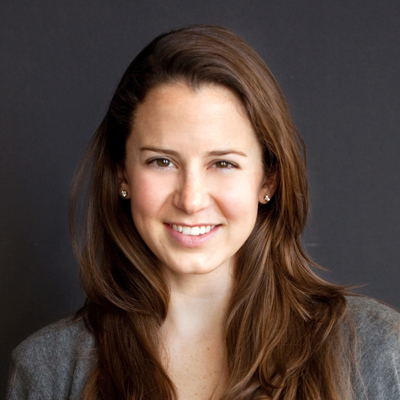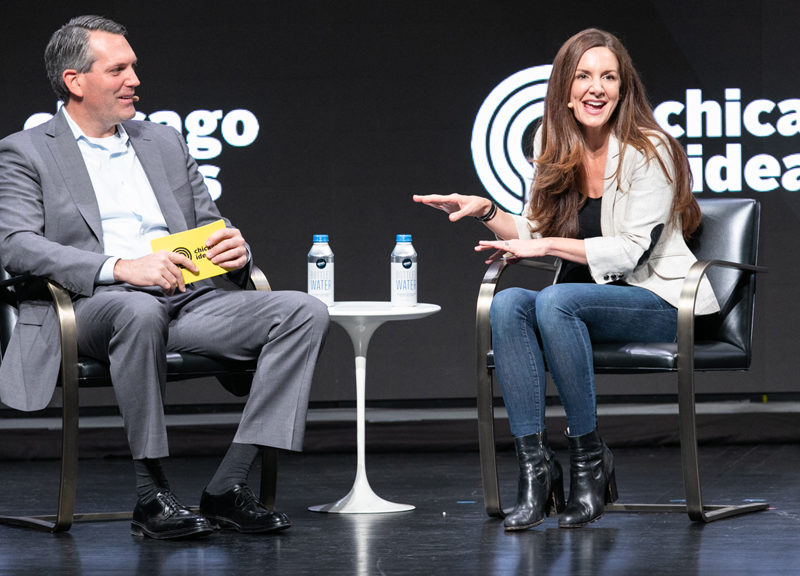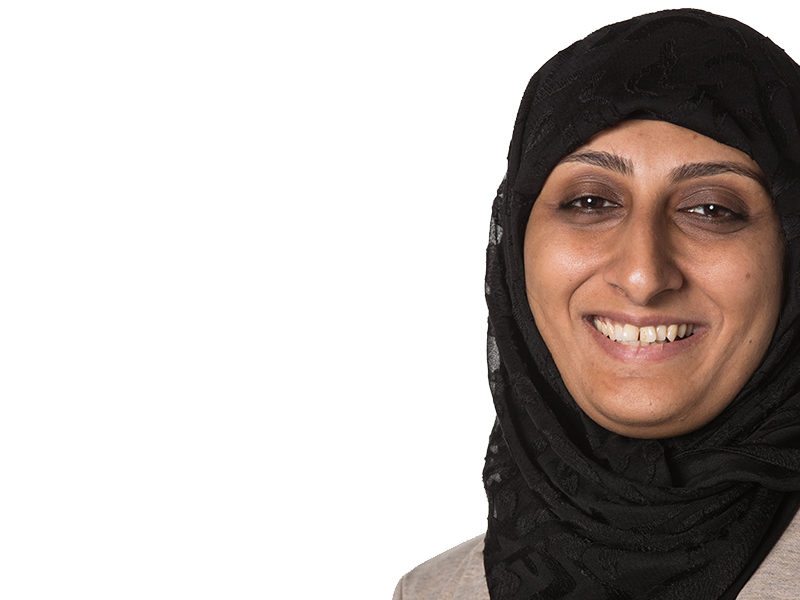
Introducing the 2014 BHSI Fellows: Wishbone’s Beth Schmidt
2014 BHSI Fellow Beth Schmidt started by inspiring her own 10th grade English students to pursue their passions via after-school activities. Today, the organization she founded, Wishbone, provides funding to students to across two cities, using a platform that allows donors to directly fund after-school programming for individual students. Schmidt sat down with us to share how empowering students to follow their passions outside of school often ignites their educational interests at school.
You started out in TFA as a Corps Member, working in Los Angeles. How did that help to inspire Wishbone?
I had five periods of 10th grade English—about 42 kids per class…. I assigned a paper…and less than 10 percent of all five periods turned the paper in.
I took a step back as a first year teacher and thought, How am I going to engage this group of kids to actually find relevance in this assignment and actually complete the important work of learning and actually do research and write a paper? So I changed the topic to the most relevant thing I could think of, which was, “What’s your passion? What do you care about?” The research component was [to] tell me how you would pursue that after school or in the summer in Los Angeles.
It was incredible what came back. For that assignment, something like 85 percent of kids turned in papers.
So, how did that assignment turn into what is Wishbone today?
I actually ran a marathon to raise some money to send the top 7 papers…. I chose the students based on the potential I thought they had. When those kids came back, that’s when I decided I needed to do this full time.
Basically, these kids…connected the dots. They saw what was possible for their future. They had seen this opportunity they had never thought they would experience. The biggest thing is it put relevance back into the school day.
Once you decided to scale this up—from seven students to the high-school students across two cities—how did you decide on the model you use? Your website allows donors to directly donate to individual students.
When I was teaching, I sent out these teacher packets, which look very similar to how the site looks now. I mailed them to family and friends, to say, will you contribute to these campaigns?
What I heard back was…the direct student connection, just that concept of, I know who I supported. Throughout that process, we had students send updates to the donors about what they’d done in the program, and that’s still a part of the model.
What types of long-term impact does program participation have on students? How do you track the impact your program has on students?
We track retention, graduation and matriculation. Shorter-term, immediately when they get back from the program, we’re tracking their GPA, so academic achievement.
The other piece that’s incredibly interesting is the engagement piece. The metric we’re using is, are they showing up to class more? The qualitative measurement will work with us to do a before and after of what they see. That’s where we get these comments of confidence levels. That’s hard to put a number on, but it’s really important for us to know that.
What do you hope to gain from your experience as a BHSI Fellow?
I want to bring Wishbone to Chicago. I really think Chicago would be a great next city for us.
We serve students in New York City and the Bay Area right now. It’s been really interesting to see the marketplace for program providers…. With all of the universities here locally, it’s such an amazing city to be able to do that locally. And the need here for high potential, low-income kids is huge, so connecting those two worlds makes a ton of sense.
Q&As are edited for clarity and length.
We serve students in New York City and the Bay Area right now. It’s been really interesting to see the marketplace for program providers…. With all of the universities here locally, it’s such an amazing city to be able to do that locally. And the need here for high potential, low-income kids is huge, so connecting those two worlds makes a ton of sense.
Q&As are edited for clarity and length.





